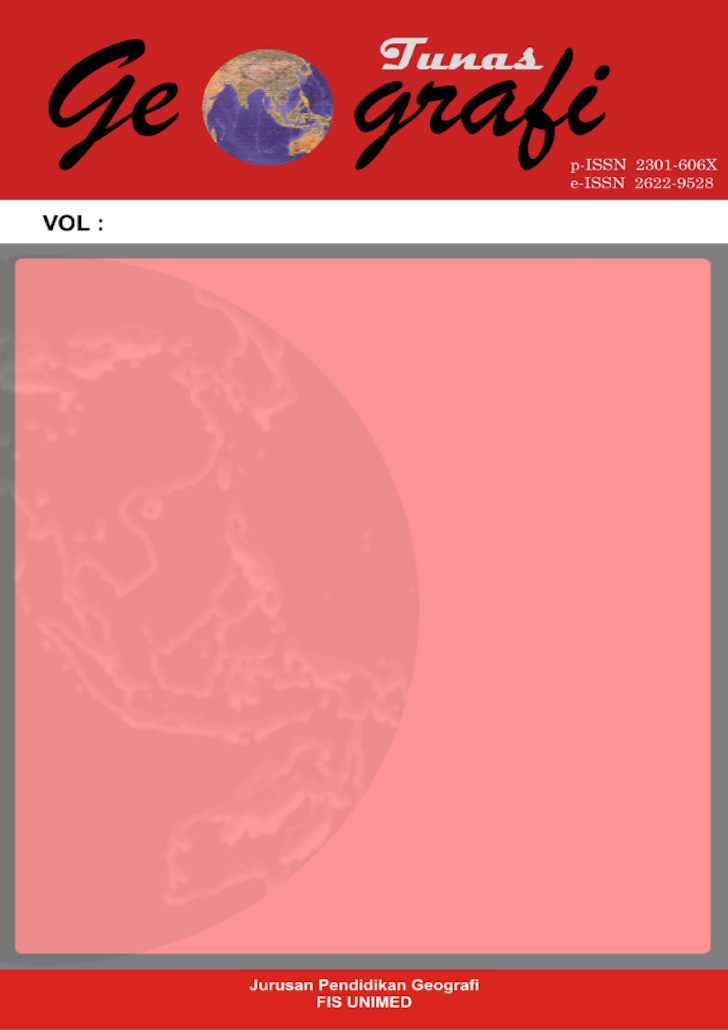2025-10-08
Rajagukguk, O., & Yuniastuti, E. (2025). Mapping of Crime-Prone Areas Using Geographic Information Systems in Pematang Siantar City in 2025. Tunas Geografi, 13(2), 87–108. https://doi.org/10.24114/tgeo.v13i2.68998
Articles


Copyright ©2020 Jurusan Pendidikan Geografi Fakultas Ilmu Sosial Universitas Negeri Medan dan Ikatan Geograf Indonesia (IGI)
This work is licensed under a Creative Commons Attribution-NonCommercial 4.0 International License.
https://fatuweb.uncoma.edu.ar/
https://menorcapreservationfund.org/
https://linklist.bio/dorahokijaya
https://fatuweb.uncoma.edu.ar/
https://www.toscanamall.com/fr
https://teknomalay.com/category/tutorial/
https://www.alliancesforclimateaction.org/contact
https://www.ictam2012.org/scientific-program
https://dinkominfo.purbalinggakab.go.id/






